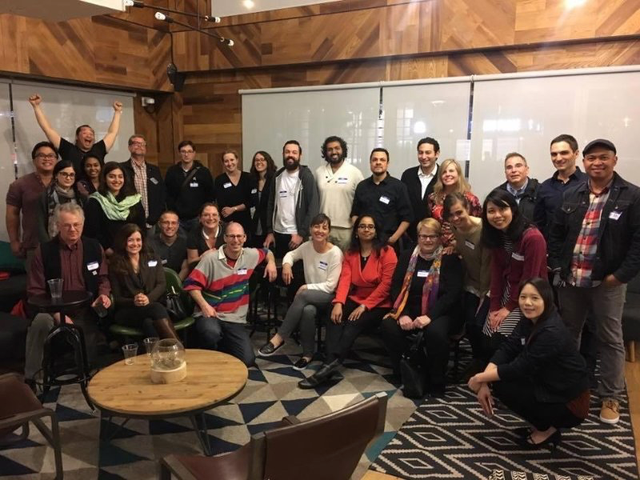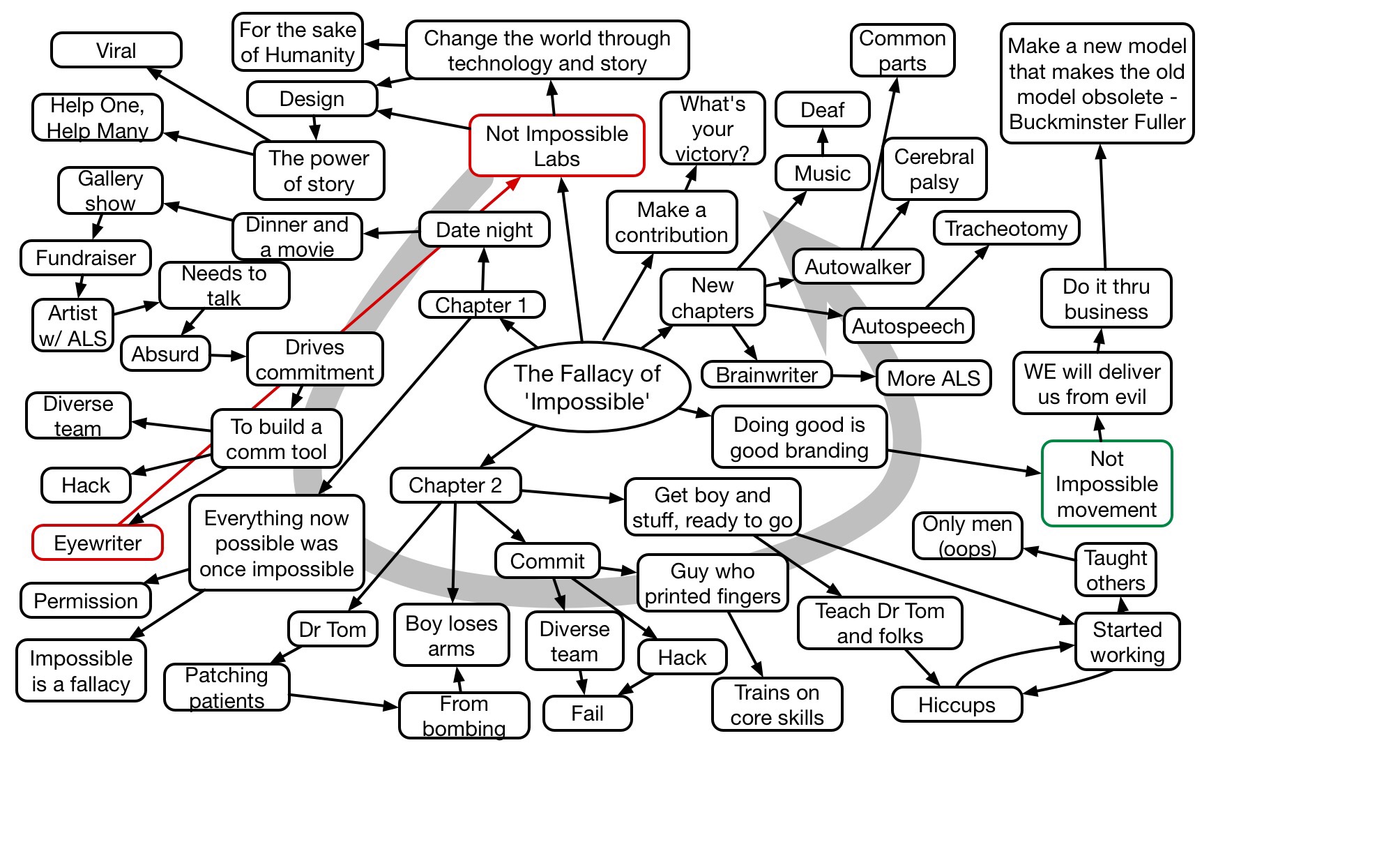I was honored to learn that a respected professor of educational technology liked my definition of micro-learning, such that he presented it as a recent conference. He asked if I still agreed with it, and I looked back at what I’d written more recently. What I found was that I’d suggested some alternate interpretations, so I thought it worthwhile to be absolutely clear about it.
So, the definition he cited was:
Microlearning is a small, but complete, learning experience, layered on top of the task learners are engaged in, designed to help learners learn how to perform the task.
And I agree with this, with a caveat. In the article, I’d said that it could also be a small complete learning experience, period. My clarification on this is that those are unlikely, and the definition he cited was the most likely, and likely most valuable.
So, I’ve subsequently said (and elaborated on the necessary steps):
What I really think microlearning could and should be is for spaced learning.
Here I’m succumbing to the hype, and trying to put a positive spin on microlearning. Spaced learning is a good thing, it’s just not microlearning. And microlearning really isn’t helping them perform the task in the moment (which is a good thing too), but instead leveraging that moment to also extend their understanding.
No, I like the original definition, where we layer learning on top of a task, leveraging the context and requiring the minimal content to take a task and make it a learning opportunity. That, too, is a good thing. At least I think so. What do you think?



